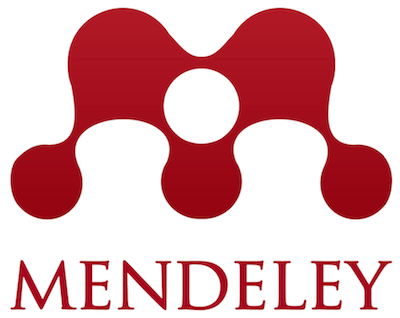Hubungan inklinasi insisivus atas dan ketebalan bibir dengan sudut nasolabial pada maloklusi Angle Kelas I usia 8-11 tahun: studi cross-sectional
Abstract
Relationship between upper incisor inclination and lip thickness with nasolabial angle in Angle Class I malocclusion aged 8-11 years: an analytical observational study
Introduction: The lower third of the face is an important part that determines facial aesthetics. One of the parameters for determining facial aesthetics is the nasolabial angle. The nasolabial angle is influenced by the inclination of the upper incisors and the thickness of the upper lip. This study aims to analyze the correlationship between the inclination of the upper incisors and the thickness of the upper lip to the total nasolabial angle and the lower component in Angle class I malocclusion modified by Dewey type 2 in children aged 8-11 years. Methods: The type of study is an analytical observational study with a cross-sectional approach. Lateral cephalograms of 37 children, 21 boys and 16 girls, aged 8-11 years, patients of RSGM UGM Prof. Soedomo. Data were analyzed using product moment correlation analysis and multiple linear regression with a significance level of 5%. Results: There is a negative correlation between the angle of inclination of the maxillary incisor teeth (r=-0.42; p<0.05) and the thickness of the upper lip (r=-0.53; p<0.05) to the lower component nasolabial angle, while no relationship was found with the total nasolabial angle. Regression analysis equation Y=144–0.44X1–2.17X2 and R2=0.345. Conclusion: There is a relationship between the inclination of the upper incisor teeth and the thickness of the lip with the nasolabial angle. The greater the inclination of the maxillary incisor teeth and the thicker the lip, the smaller the lower component nasolabial angle.
Keywords
Full Text:
PDFReferences
Proffit WR, Fields HW, Larson BE, dan Sarver DM. Contemporary Orthodontics. 6th ed. Philadelphia: Elsevier; 2019. p 2
Farani W, Abdillah MI. Prevalensi Maloklusi Anak Usia 9-11 tahun di SD IT Insan Utama Yogyakarta. Insisiva Dental Journal: Majalah Kedokteran Gigi Insisiva 2021;10(1):26-31. https://doi.org/10.18196/di.v10i1.7534
Rwekaza G, Mlangwa, MM. Association between Malocclusion, Self-perception, Self-esteem and Socio-demographic Factors among Primary Schoolchildren in Dar es Salaam, Tanzania. Iran J Orthod 2023 June;18(1):1-10. https://doi.org/10.22034/IJO.2023.1973618.1094.
Proffit WR, Fields HW, Larson BE, dan Sarver DM. Contemporary Orthodontics. 6th ed. Philadelphia: Elsevier Inc.; 2019. p.5.
Maddalone M, Losi F, Rota E, Baldoni MG. Relationship between the position of the incisors and the thickness of the soft tissue in the upper jaw: Cephalometric Evaluation. Int J Clin Pediatr Dent 2019;12(5):391-397. https://doi.org/10.5005/jp-journals-10005-1667
Parul P, Kumar M, Goyal M, et al. Impact of facial components on the attractiveness of face: A perception-based study. Am J Orthod Dentofacial Orthop 2022;162(3): e218-e229. https://doi.org/10.1016/j.ajodo.2022.07.012.
Gayathri M, Arun AV. Relationship between nasolabial angle and maxillary incisor proclination in South Indian population. Drug Invention Today 2018;10(1):2829-2832
Garg H, Khundrakpam D, Saini V, Rukshana R, Kaldhari K, Kaur J. Relationship of Nasolabial Angle with Maxillary Incisor Proclination and Upper Lip Thicknes in North Indian Population. Int J Clin Peadiatr Dent 2022;15(5):489-492. https://doi.org/10.5005/jp-journals-10005-2432.
Bhat V, Hedge C, Raj V. A Survey To Evaluate The Nasolabial Angle (NLA) In Indian Population. Nitte University Journal of Health Science 2017;7(1):4-6. https://doi.org/10.1055/s-0040-1708686
Singh S, Lahoti, Singh S, Priyadarshini M, Mathew SH. Evaluation of upper and lower component of nasolabial angle in different malocclusion- A chepalometric study. Int J Orthod Rehabil 2023;14(4):1-7. https://doi.org/10.56501/intjorthodrehabil.v14i4.843.
Balina S, Karri T, Indugu V, et al. Prevalence and Distribution of Malocclusion Using Dewey’s Modification in Coastal Andhra
Pradesh, India: A Cross-Sectional Study. Cureus 2023;15(8): e42965. https://doi.org/10.7759/cureus.42965
Al-Shakhs AS, Hashim HA. Soft tissue facial profile change associated with incisors retraction. Ejclinicmed 2021;2(3):92-99. https://doi.org/10.24018/clinicmed.2021.2.3.24.
Siddiqui AP, Nazir, Mahmood A. Effect of sagittal position of maxilla and maxillary incisors inclination on the position of the upper lip. POJ 2017; 9(1):8-14
Khurshid SZ, Qazi SN, Zargar NM, Soft tissue changes associated with first premolar extraction in Kashmir Female population. Journal of Orofacial Research 2015;5(1):18-21. https://doi.org/10.5005/jp-journals-10026-1169
Gołębiowski M, Świątkowska A, Pastuszak P, Rahnama M. Relationship between Selected Cephalometric Parameters. Nasolabial Angle and Its Components in Adolescent Females. Diagnostics (Basel) 2023;13(1199):1-10. https://doi.org/10.3390/diagnostics13061199
Kumar A, Tandon P, Singh GK, Singh GP.Soft tissue growth changes from 8 to 16 years of age: A cross-sectional study. Natl J Maxillofac Surg 2019;(10):161-7. https://doi.org/10.4103/njms.NJMS_18_16
Oh S, Lee J, Kim J, Ra J. Correlation between the inclination of the incisors and Lips in mixed dentition. J Korean Acad Pediatr Dent 2018;45(1):21-31. https://doi.org/10.5933/JKAPD.2018.45.1.21
Baig N, Gyasudeen KS, Bhattacharjee T, et al. Comparative evaluation of commercially available AI-based cephalometric tracing programs. BMC oral health 2024; 24(1): 1-8. https://doi.org/10.1186/s12903-024-05032-9
Hashim HA, Gsouma I, Ahmed SS, Hashim MH. Cephalometric Norms in Sudanese Sampel: A Pilot Study. European Journal of Medical and Health Sciences 2023;5(2):22. https://doi.org/10.24018/ejmed.2023.5.2.1646
Asgharlou MA, Esfehani M, Tofangchiha M, et al. Comparison of facial soft tissue thickness in subject with different malocclusions according to the lateral cephalograms of an Iranian adult population. Dent Med Probl. 2025;62(2): 255-263. https://doi.org/10.17219/dmp/171501
Phulari BS. An Atlas on Cephalometric Landmarks. 1st ed. India: Jaypee Brothers Medical Publisers (P) Ltd; 2015. P. 27,32,41,61-62,67,131
Naini FB. Facial Aesthetics Concepts & Clinical Diagnosis. India: Wiley- Blackwell; 2021. P. 134, 232
Hazra A, Gogtay N. Biostatistics Series Module 6: Correlation and Linear Regression. Indian J Dermatol. 2016 Nov-Dec; 61(6):593-601. https://doi.org/10.4103/0019-5154.193662.
Paryani P, Agrawal SS, Chachada A, Jain N, Bothra S, Shrivastava S, Sahni H. Correlation between Nasolabial Angle and Maxillary Incisors Inclination in 18–25-Year-Old Chhattisgarh Population Using Pre- and Post-Treatment Lateral Cephalograms: A Retrospective Study. Indian J Dent Res 2023;34(4):413-416. https://doi.org/10.4103/ijdr.ijdr_157_23
Setiawan SC, Widayati R, Sumardi S. Correlation in changes in the upper and lower incisor inclination toward the nasolabial angle and mentolabial angle in non extraction Class I malocclusion orthodontic treatment. J. Phys: Conf. Ser 2018;1073:2-6. https://doi.org/10.1088/1742-6596/1073/6/062002
Alhuwaizi AF, Mohammed S, Al-Laban YR. The Nasolabial Angle and the Relative Inclination of the Nose and Upper Lip in Iraqi Class I Sample. Iraqi Orthod J 2016;6(1):1-4
Nandini S, Prashanth CS, Soimah SK, Reddy SRK. An Evaluation of Nasolabial Angle and the Relative Inclinations of the Nose and Upper Lip. J Contemp Dent Pract 2015;12(3):152-157. https://doi.org/10.5005/jp-journals-10024-1026
Sodagar A, Borujeni DG, Amini G. Prediction of soft tissue profile changes following orthodontic retraction of incisors in Iranian girls. World J Orthod 2018;11(3):262-268.
Genecov JS, Sinclair PM, Dechow PC. Development of the nose and soft tissue profile. The Angl Orthod 1990;60(3):191-198.
Choi, SY, Kim SJ, Lee HY, Chang DS, Choi MS. Esthetic nasolabial angle according to the degree of upper lip protrusion in an Asian population. Am J Rhinol Allergy 2018;32,66–7. https://doi.org/10.2500/ajra.2018.32.4485
DOI: https://doi.org/10.24198/jkg.v37i2.60915
Refbacks
- There are currently no refbacks.
Copyright (c) 2025 Jurnal Kedokteran Gigi Universitas Padjadjaran
INDEXING & PARTNERSHIP

Jurnal Kedokteran Gigi Universitas Padjadjaran dilisensikan di bawah Creative Commons Attribution 4.0 International License

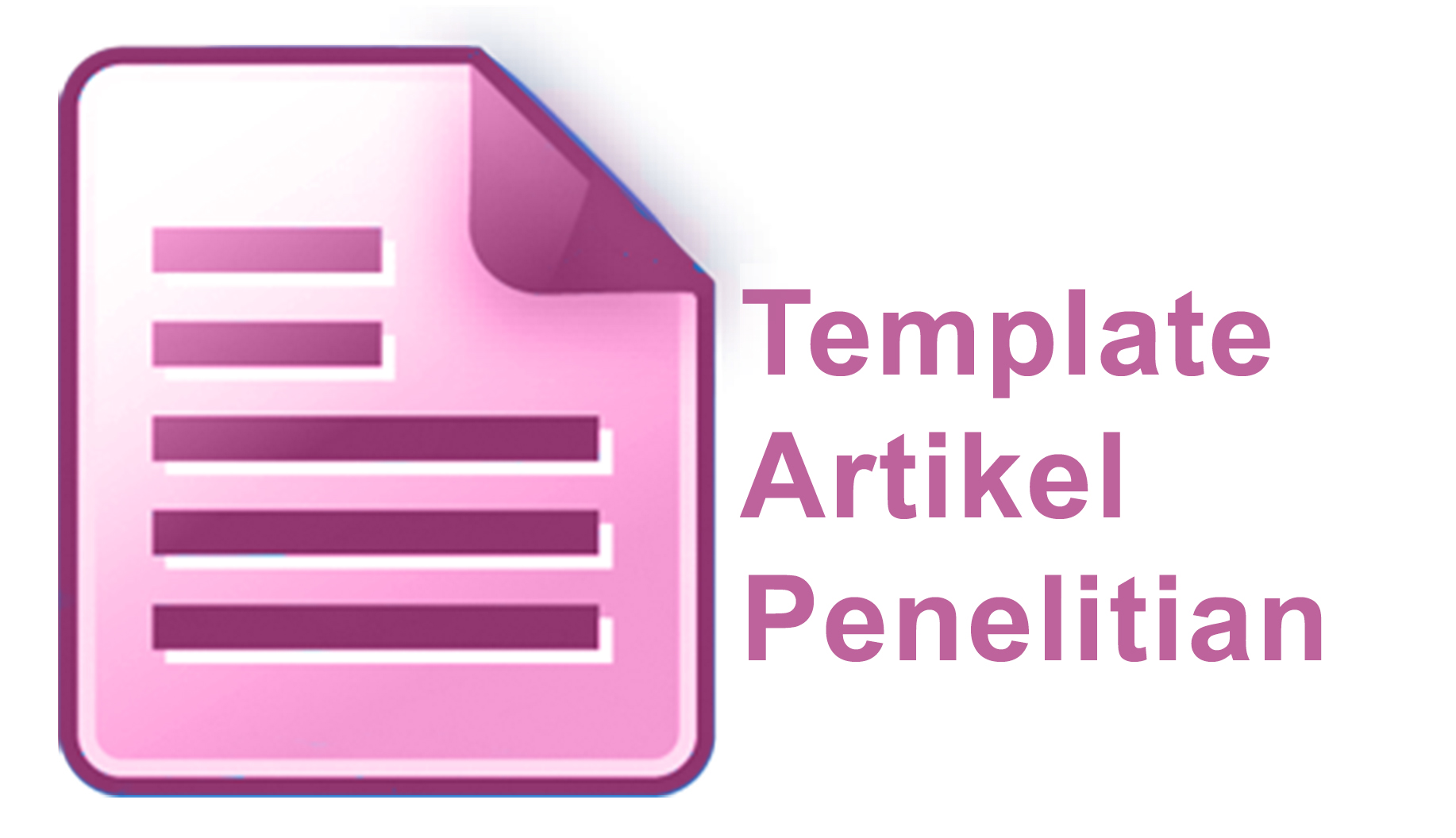
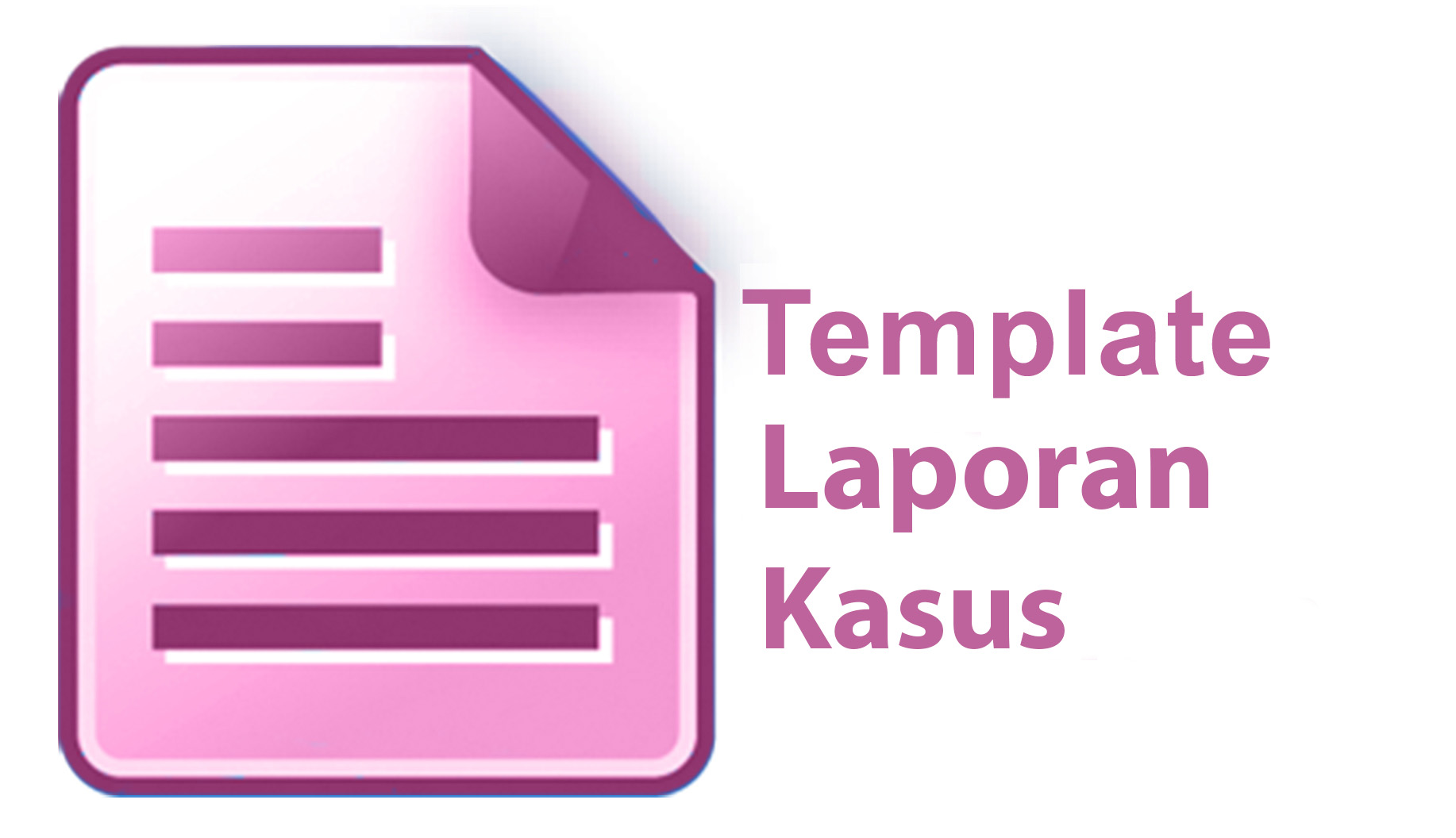
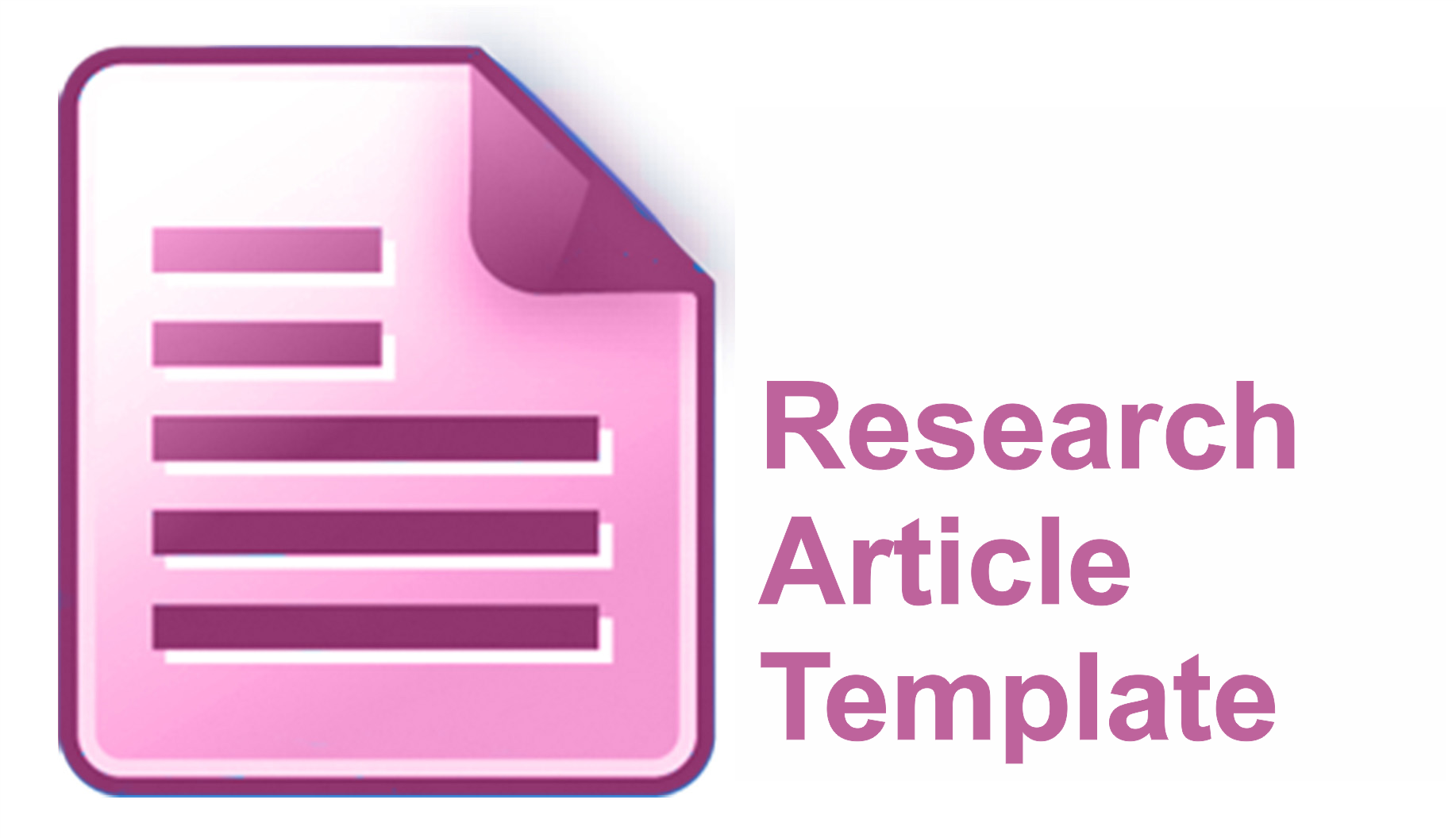
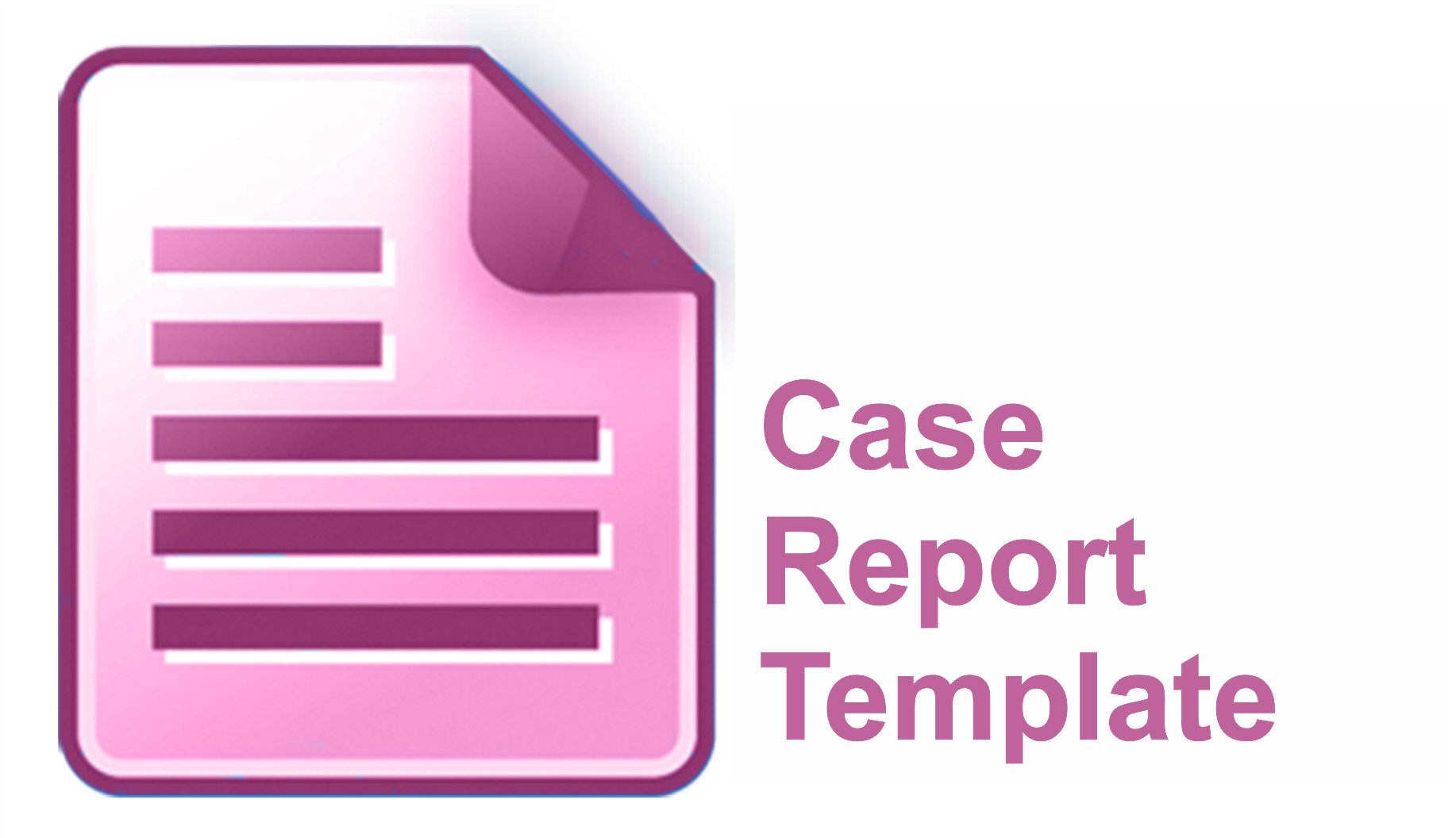
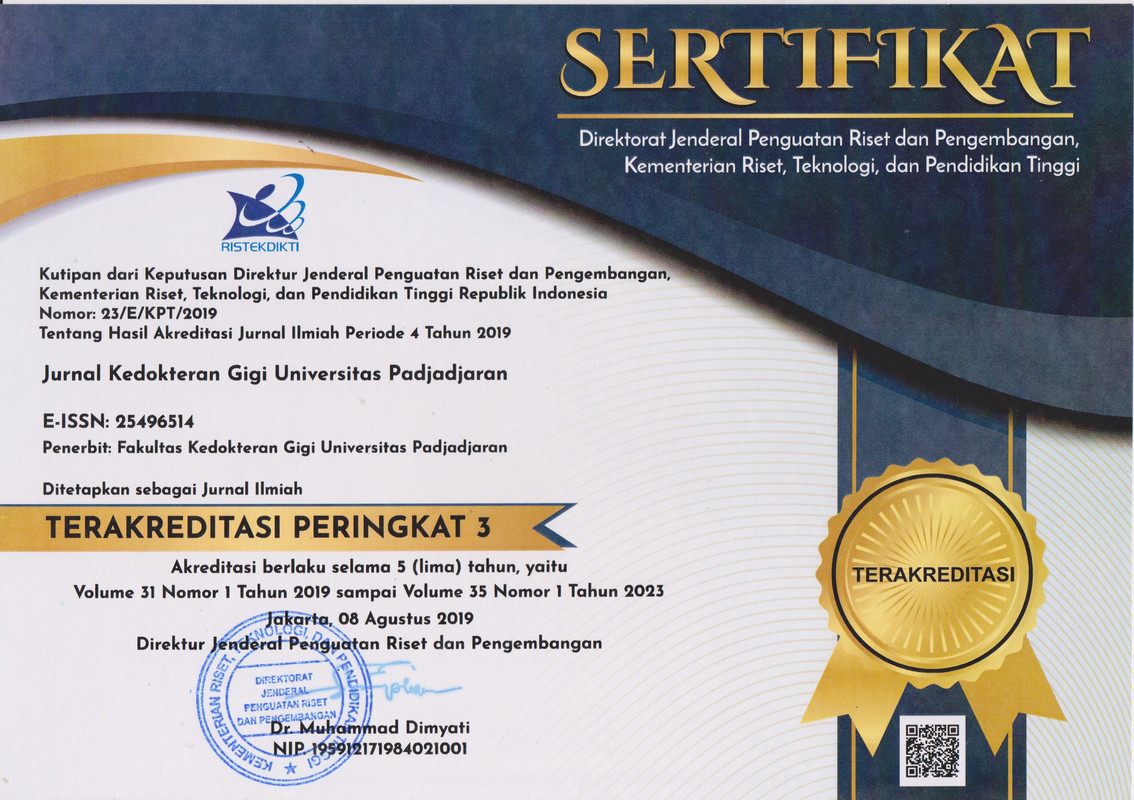
.png)
